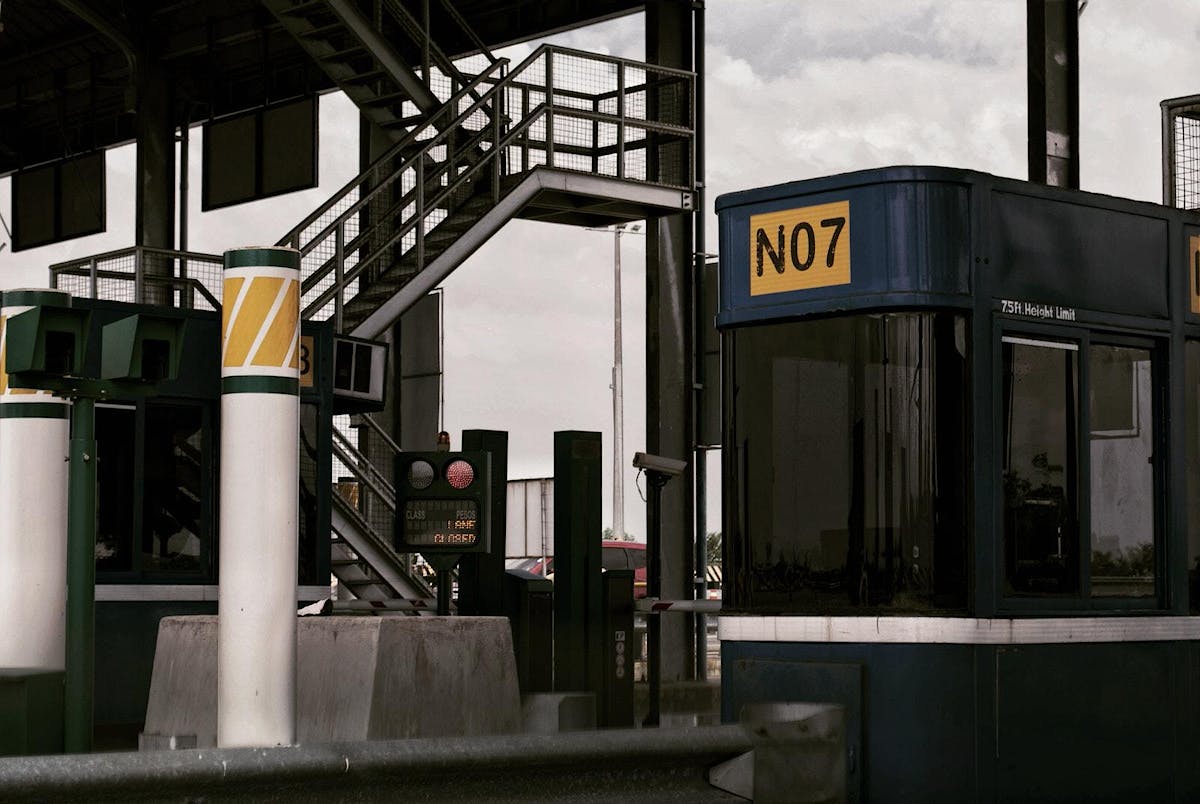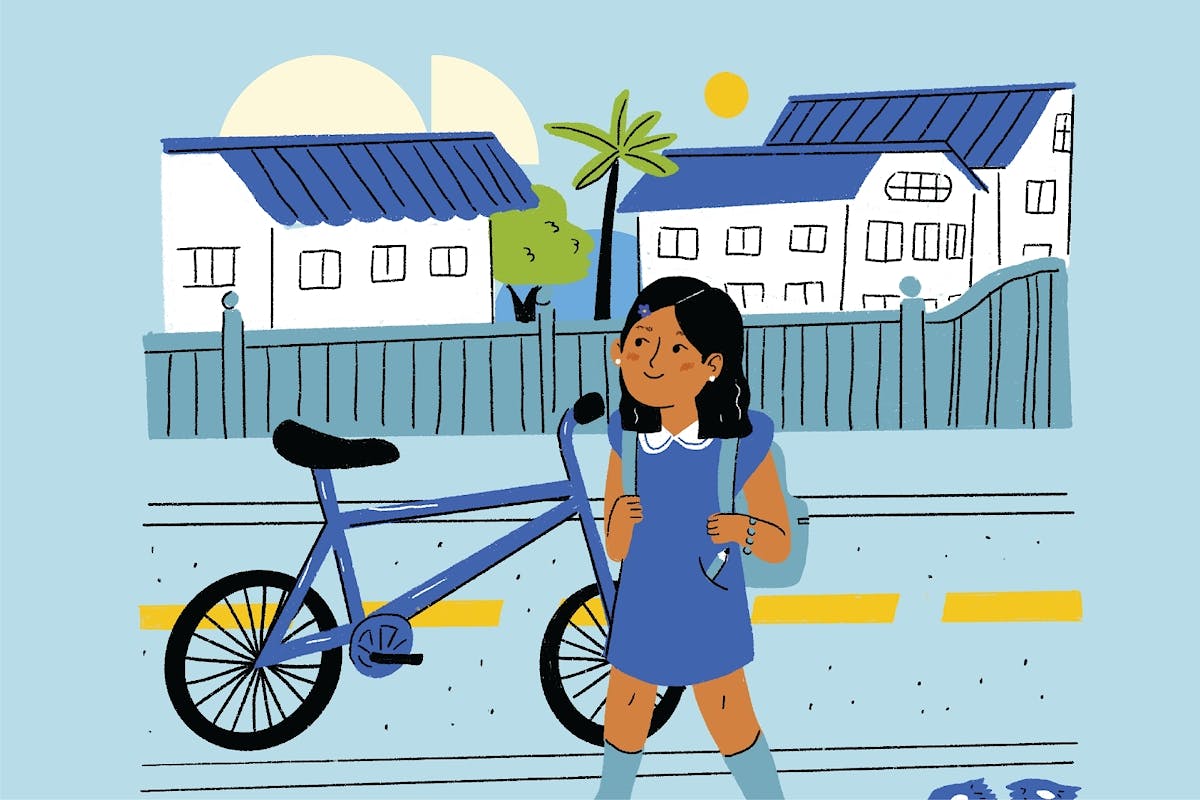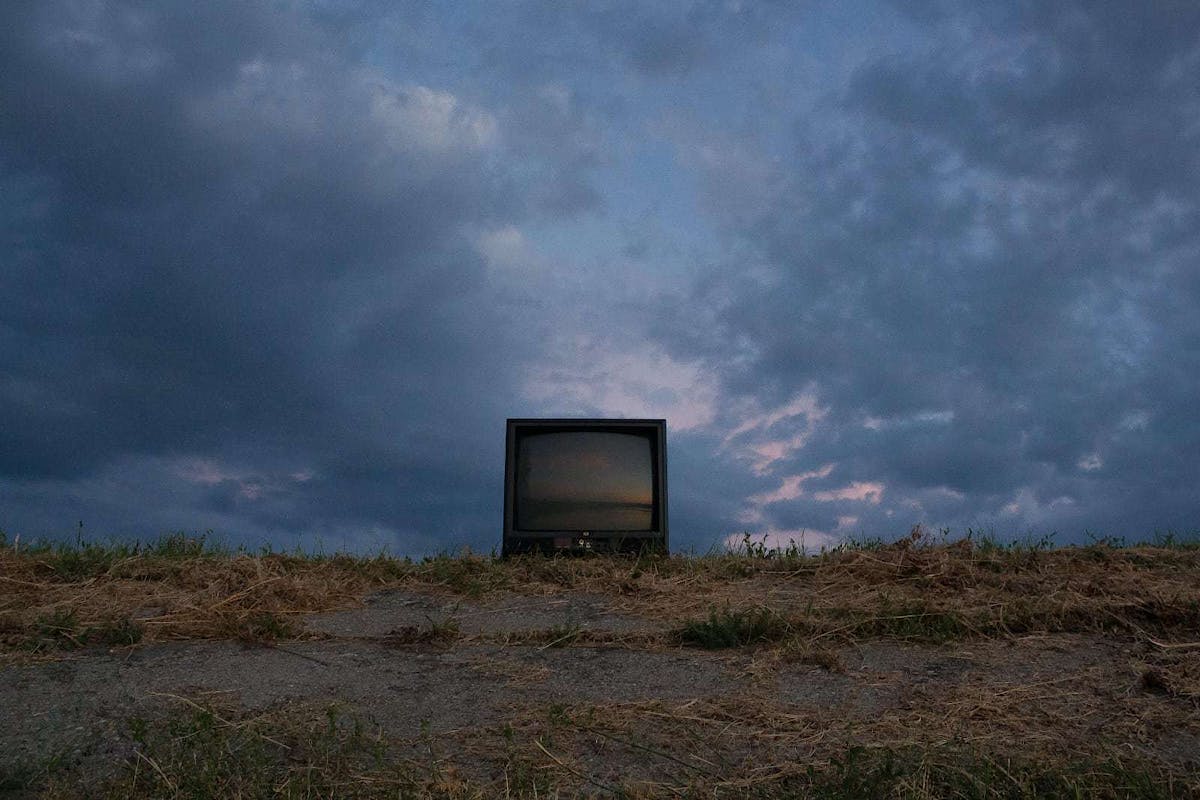
Our Way Forward
COVID-19 and its Effects on the Supply Chains in the Philippines
The Philippines has learned to be resilient in times of disasters (typhoons, massive floods, even earthquakes and volcano eruptions) but nothing prepared the country for the effects of this COVID-19 global pandemic.

The Philippines has learned to be resilient in times of disasters (typhoons, massive floods, even earthquakes and volcano eruptions) but nothing prepared the country for the effects of this COVID-19 global pandemic. Most disasters involve disruptions, and in the case of local typhoons and massive floods, we have at least 2-5 days lead-time to prepare since most given a global weather tracking system that monitor weather disturbances in real-time. Forecasting has been very accurate with the infrastructure setup by PAGASA to provide possible trajectories of the typhoons giving disaster agencies (including local government units and the DSWD reliant on local producers and their supply chains for relief goods) sufficient time to prepare for a quick response via pre-positioning of relief items.
This pandemic caught everyone by surprise. The national government never took the threat seriously until infected cases began showing its dangerous “exponential” growth. Although we have disaster management agencies, there are geared toward a different type of disaster, not for a possible widespread health bound disaster. Because of COVID-19, the immediate reaction of the Philippine government was to implement an Enhanced Community Quarantine (ECQ) designed to limit mobility of people by restricting them through a “stay-at-home” directive and thus minimizing the “contact-rate” of people through social distancing.
These 2 directives were aimed at “flattening” the exponential curve till newly infected people daily decreased progressively to acceptable levels. These policy directives which are still in effect right now had several “unintended consequences.” Private and government agencies are forced to shut down except for a very few exceptions. This resulted in impairment of incomes for most employees. The shutdown also affected the manufacturing and the agricultural sector and its distribution systems. Most of our supplies today are current inventories of goods before the declaration of the ECQ. One could only speculate how long these inventories will last. Most local companies have designed a “lean” and JIT (just-in time) supply chain to minimize handling and carrying cost of inventories.
Although suppliers may still have inventories and “safety stocks” the local logistic companies are having a difficult time in moving the finished goods and raw materials because of strict protocols in the checkpoints all around Luzon and the other areas in the Philippines. We also have to contend with perishable goods like vegetables and seafood that have limited shelf life even with refrigeration.
This video clip discusses several simulation models (COVID-19 models, supply chain models, both using system dynamics and agent-based modelling). These models try to “approximate” reality but in the end, the basic insight and “take away” is that, all these systems are interlinked, and we should recognize these “tightly-coupled” interdependencies whenever we make policy decisions that could affect a major segment of society.
An example of this policy decision is the government policy which imposed the ECQ, the government will probably decide at some point to lift (partially?) the restrictions allowing the flow of goods and services, and for employees in critical sectors (health, manufacturing, agricultural and transport sectors) to go back to work. The objectives are the replenishment of critical inventories, and creating money flow in the system to provide relief to consumers wanting to buy basic goods. We all know that lifting the ECQ on the other hand, does come with a risk that the infection rates might go up again, putting the general population at peril. This may really qualify as a “vicious” problem.
What can we do today and in the future to “immunize” our local supply chains in cases of partial disruptions? Most supply chain experts recommend to reconfigure the current supply chains by increasing production and inventory capacities. Other recommendations also include repositioning some inventories in certain regions or facilities under quarantine. Any segment in the supply chain (plant, distributor, wholesaler, retailer, “last-mile” -customer) will be subjected to disruptions affecting the integrity of the whole chain. The critical issue is the ability of individual “segments” time-to-recover when a disruption occurs. Ensuring a “fast” time-to-recover will go a long way in ensuring the performance of the supply chain.
Two supply chain organizations namely the Supply Chain Management Association of the Philippines (SCMAP) and, Philippine Institute of Supply Management. It is recommended that they be part of any government policy effort in managing the effects of COVID-19 in the flow of goods and services.

















